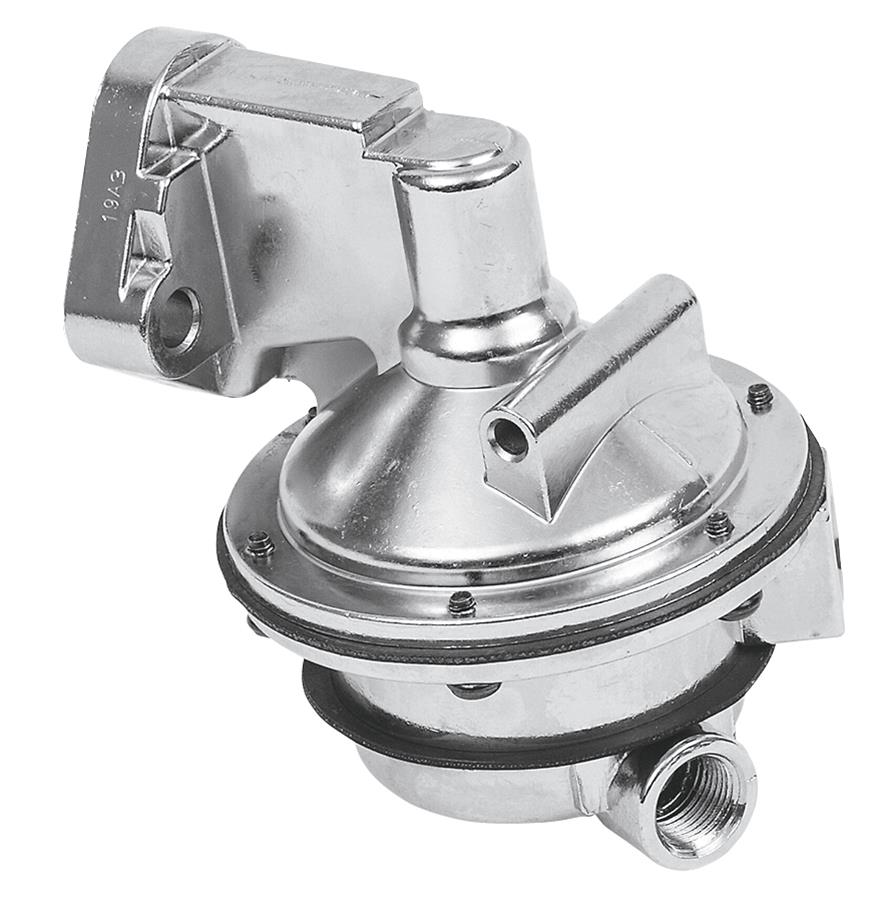Unveiling the Distinctions: Fuel Pump vs. High Pressure Fuel Pump

In the realm of automotive engineering, fuel delivery systems play a crucial role in ensuring the efficient operation of an internal combustion engine. Two key components within these systems are the fuel pump and the high-pressure fuel pump. While both serve the purpose of delivering fuel to the engine, they differ significantly in terms of functionality, pressure levels, and application. In this blog post, we will delve into the intricacies of these components, unraveling their disparities and shedding light on their respective roles in the fuel delivery process.
- The Fuel Pump:
The fuel pump is a fundamental component of the fuel delivery system, responsible for supplying fuel from the fuel tank to the engine. It operates at relatively lower pressure levels and is typically located outside the engine. The primary function of the fuel pump is to ensure a consistent flow of fuel to the engine, maintaining the required pressure for optimal combustion. It draws fuel from the tank and delivers it to the fuel injectors or carburetors, depending on the engine type. - The High Pressure Fuel Pump:
In contrast to the fuel pump, the high-pressure fuel pump operates at significantly higher pressure levels, typically ranging from 500 to 2000 psi. This component is specifically designed for direct injection engines, where fuel is injected directly into the combustion chamber. Its primary role is to generate the high pressure required to atomize the fuel and ensure precise fuel delivery. The high-pressure fuel pump is usually located within the engine or integrated into the fuel rail. - Key Differences:
3.1 Pressure Levels:
The most notable distinction between a fuel pump and a high-pressure fuel pump lies in the pressure levels they operate at. While a fuel pump operates at relatively lower pressures, a high-pressure fuel pump is designed to handle the significantly higher pressures required for direct injection systems.
3.2 Fuel Delivery Method:
Another crucial difference is the fuel delivery method. A fuel pump delivers fuel to the fuel injectors or carburetors, where it is mixed with air before entering the combustion chamber. On the other hand, a high-pressure fuel pump directly injects fuel into the combustion chamber, bypassing the need for pre-mixing.
3.3 Engine Compatibility:
Fuel pumps are commonly found in both traditional port fuel injection (PFI) and carbureted engines, where fuel is mixed with air before entering the combustion chamber. High-pressure fuel pumps, however, are specifically designed for direct injection engines, which require precise fuel delivery directly into the combustion chamber.
Conclusion:
In summary, the fuel pump and the high-pressure fuel pump are integral components of the fuel delivery system, each serving a distinct purpose. While the fuel pump ensures a consistent flow of fuel to the engine at lower pressure levels, the high-pressure fuel pump generates the high pressures necessary for direct injection systems. Understanding the differences between these components is crucial for automotive enthusiasts and professionals alike, as it enables a deeper comprehension of the intricacies involved in the fuel delivery process.

